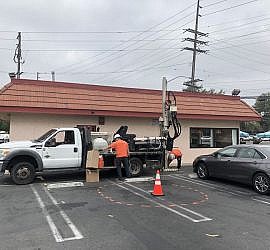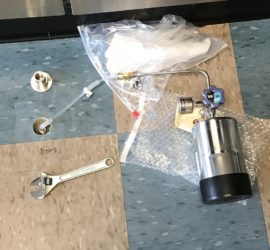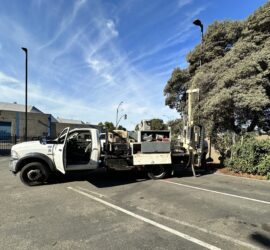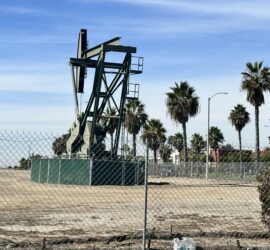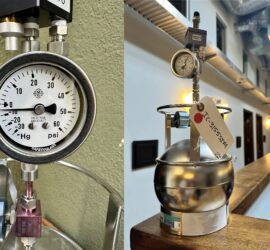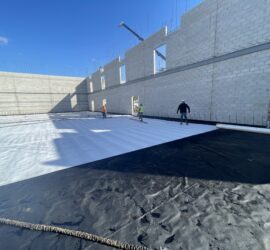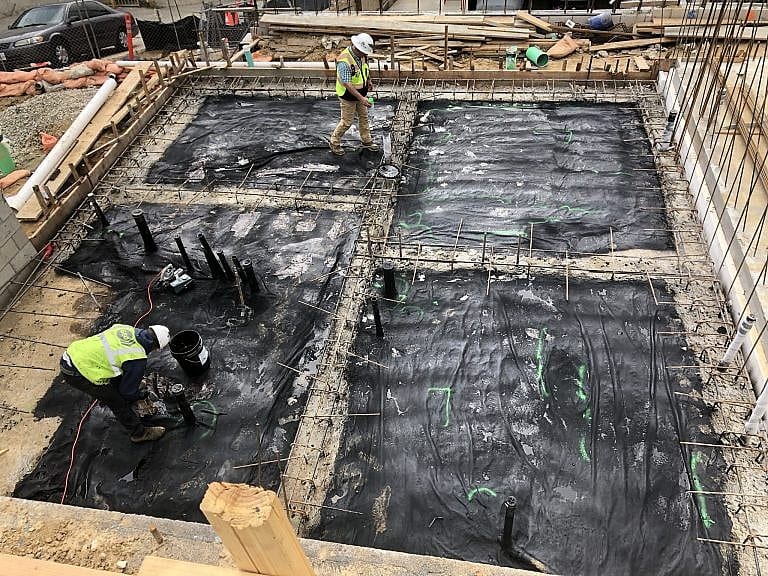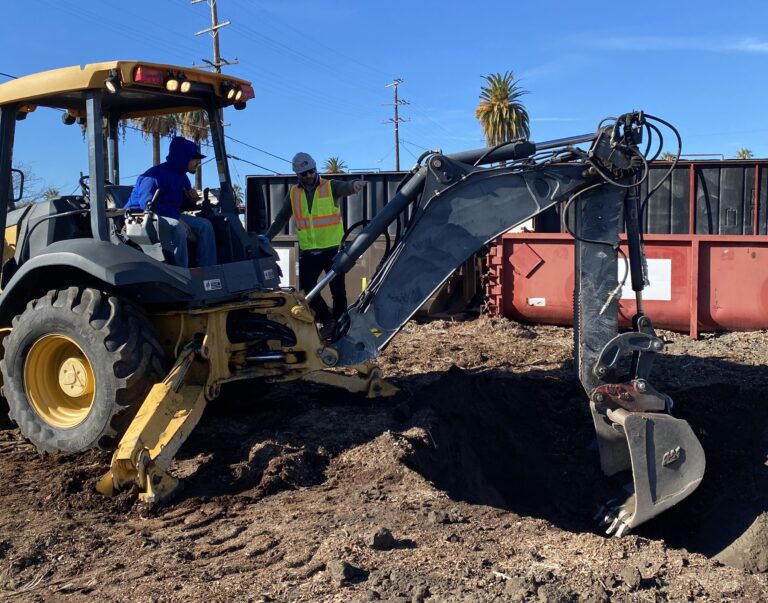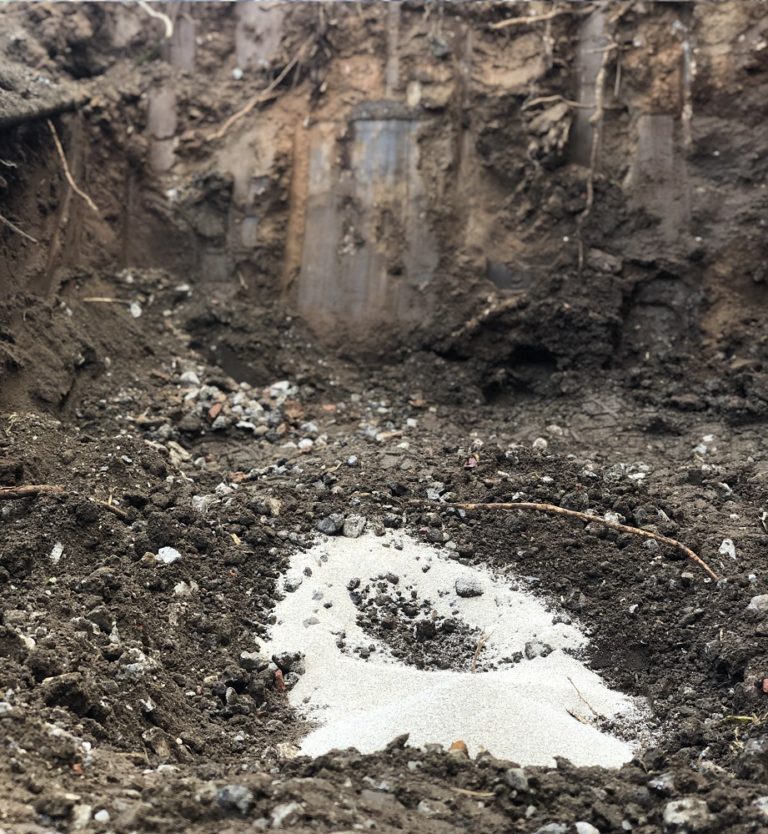City of Long Beach Methane Gas Zone Mitigation
A City of Long Beach Methane Gas Zone represents areas with high levels of subsurface natural gas and methane soil gas. These areas present explosion hazards for buildings, due to biogenic and petrogenic gases of decomposing petroleum deposits, and landfills. As a result, the Building and Safety Bureau requires methane testing and a mitigation plan for building construction projects. Updated April 17, 2024.
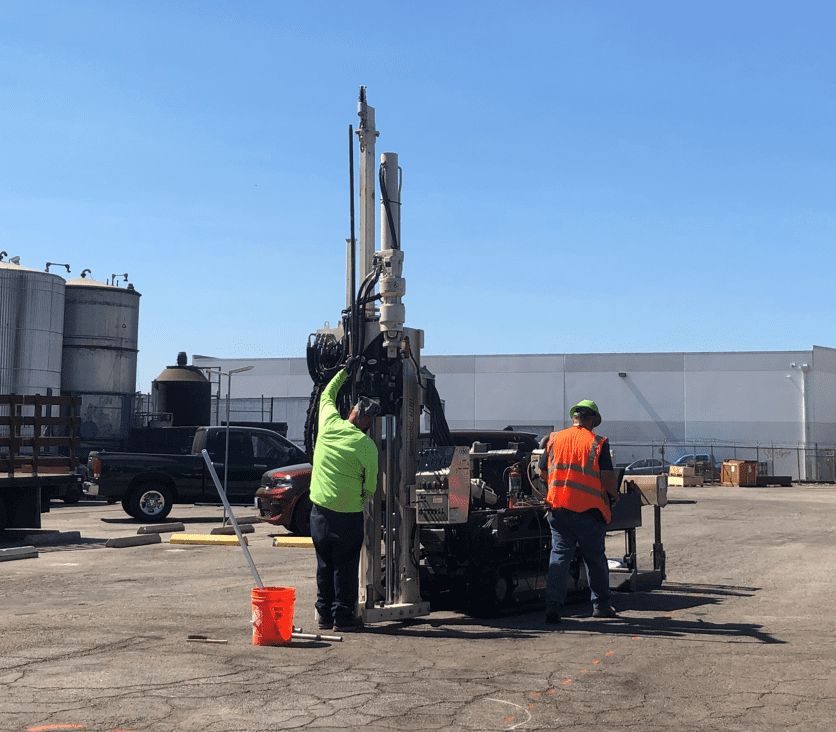
What to Expect When Building in a Long Beach Methane Zone
Long Beach methane gas zoning policies are similar to the Los Angeles Building Department’s original Methane Code for sites within LADBS Methane Zones and Methane Buffer Zones. In fact, the City of Long Beach published a “Methane Gas Mitigation Bulletin IB-055” in September of 2021, with similar methane mitigation standards. Similarly, the California Department of Toxic Substance Control maintains vapor intrusion sampling and mitigation guidance.
Long Beach City Building Permit for Methane Gas Mitigation Zone Projects
During the initial permit application process, a City Development Coordinator determines whether a site falls within an official Long Beach Methane Gas Zone. If so, the applicant’s checklist will include methane testing and vapor intrusion mitigation processes. However, falling within methane zone boundaries isn’t the ultimate prerequisite for mitigation requirements in Long Beach. For instance, the City Development Coordinator can decide that a methane hazard potentially exists at a parcel, if it’s near official methane zone boundaries or an oil well. Nevertheless, the Long Beach Building and Safety Bureau will inform the applicant if methane testing and methane mitigation are necessary.
Methane Gas Mitigation Bulletin IB-055 (BU-055)
The bulletin indicates a special review and inspection process for construction projects in Long Beach Methane Zones. Additionally, building permit applicants are to contract Qualified Professionals, such as licensed professional geologists, to prepare soil gas survey reports and mitigation plans. Moreover, air quality monitoring and deputy field inspections of the methane mitigation system construction are necessary.
Long Beach Methane Zone
The potential for high concentrations of methane soil gas in Long Beach Methane Zones presents an explosion hazard to structures. This is because methane gas is flammable at concentrations exceeding 50,000 parts per million by volume. And, methane soil gas can rise up from the subsurface and accumulate in and around buildings, presenting a serious fire hazard if not properly depressurized.
The result of decades of research, testing, and geographical data processing is the Long Beach Methane Zone Map Database. Whereby each area mapped in red below, is reasonably presumed to comprise unsafe levels of methane soil gas.
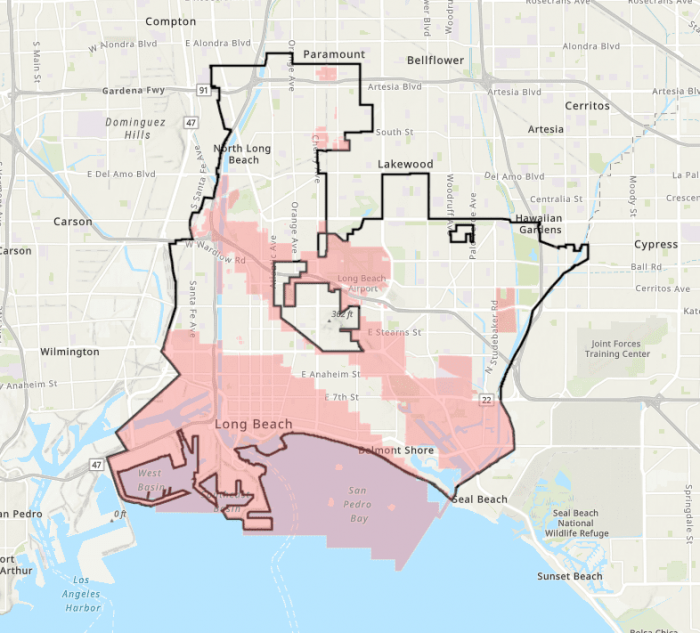
Long Beach Methane Testing
If the new construction falls within a Long Beach Methane Zone, then a methane soil gas investigation, or methane test, is necessary. And using the results of the methane soil gas test, a methane mitigation system design must achieve City approval. The methane testing data provides the City with knowledge about which methods of methane mitigation to apply.
City of Long Beach Methane Gas Mitigation
The overall purpose of methane mitigation is to ensure the safety of building occupants. More specifically, Long Beach Methane Gas Zone mitigation requirementsis aim to eliminate the possibility of methane combustion and structure fires.
Methane mitigation components are organized into three categories, or “site design levels.” These range from Level 1 to Level 3. And depending on the site design level, the geologist incorporates certain passive mitigation and active mitigation features into the plan. Level 3 is the most comprehensive methane mitigation system for the sites with the highest subsurface methane concentrations. Whereas Level 1 is the least strict, for sites with lower methane soil gas detections.

